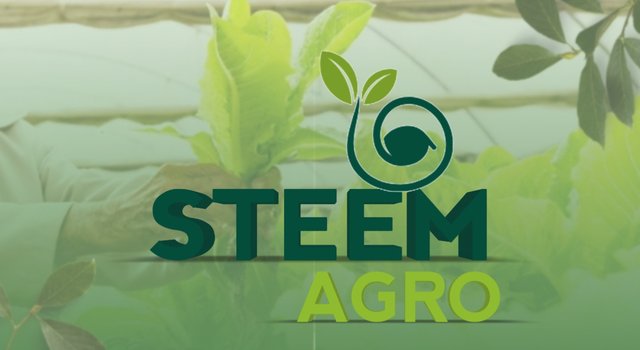Soil testing is one farm practice that has become so important, especially to commercial farm operators, to help increase productivity and overall yield. A method that ensures that the true soil position is ascertained before and during farming operation.
With soil testing, a farmer can know the soil condition of his soil. Soil pH, fertility, moisture level, etc, can all now be determined before onward planting and seeding. Just to reiterate also, it helps farmers to know which type of seeding is best used for the soil.
We cannot only justify irrigating the soil by physical assessment of moisture levels. Soil testing helps to give precision of this activity when and how it is done. This is also the same for the fertilizer application. Therefore, what soil testing does for us is to prefer precision type of farm practices.
These are two words that slightly mean the same for our crop. They bring damage in their different forms to our crops. In either case, they are not suitable for the survival of our crops, and they retard overall yield.
"Soil erosion" simply means the washing away of soil surfaces. This washing away of soil surfaces also means the washing away of soil nutrients and great damage to the soil texture and structure. Whereas "Leaching" means the washing down of nutrients beyond the reach of plant roots. This is a more delicate issue because we hardly detect this until when the plants start responding to this malnutrition.

source
Crop rotation is a farm practice that is proven to be potent in agriculture. This is a method that requires interchangeably planting of different crops on a farmland.
Crop rotation helps to improve soil fertility, given the various levels of nutrient intake by plants. There is nutrient conversation observed in the use of this practice.
Crop rotation also helps in biodiversity preservation. Some plants ordinarily are threatened and on the verge of extinction. This farm practice tends to reverse this trend.
Crop rotation is in tandem with the food security agenda. This practice promotes more food production and hence sustains the quest for more foodd production across the globe. Wecan nott forget agriculture sustainability in all of these.
Lastly, crop rotation promotes environmental stewardship. Crops are plante sometimes with cover crops or trees that have the the potential to wage harsh effects of climate change.
a. Yield:
This is the quality or quality of products generated. l from our farming operations. This may either be plant or animal yields. The best yields may be determined from our improved activities over the period
b. Tillage:
This is the act of preparing the soil for planting season. An act that involves softening the soil surface to the best possible way before seeding is done. This can be done either through hoeing or plowing by the use of machinery.
c. Grazing:
The act of feeding livestock in a given field for purposes of feeding them for nourishment purposes or for way of chopping down overgrown field space. This may be intensive ,where they are confined to a grazing space ,or nnomadic,where they roam.
d. Biodiversity:
The different varities and species we have under the agricultural space may be termed biodiversity. In a bid to sustain and make them existential, it is called biodiversity.
e. Food Security:
This is one top purpose of agricultural practices. The act of making food abundant. Farming practices put in place are all geared towards attaining global food security.

source
Agriculture remains the primary source of food security and driver of supply chain management through its raw materials. Let's think and practice agriculture.
I want to invite @chilaw, @shawlin, @nsijoro, and @etette.



Upvoted! Thank you for supporting witness @jswit.
Welcome to steem-agro!
MODs Comment/Recommendation:
Thank you so much for posting in our community.You have been defined all the terms very well and your post is well organised.Keep it up.
Remember to always share your post on Twitter using these 3 main tags #steem #steemit $steem
